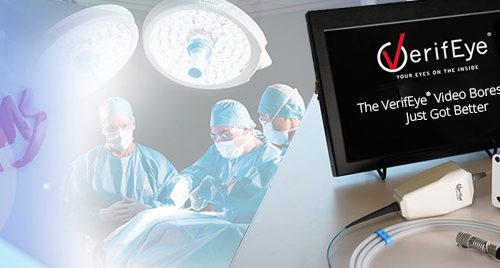Planning Shift Production: A critical step in sterile processing
Planning shift production helps to ensure trays are processed and staff stays productive. Are you skipping this critical step?
For today’s LEAN CS installment, let’s talk about Planning Shift Production. I’ve recently worked with a few large hospital sterile processing departments (SPD) that have new Supervisors who have never been a Supervisor before! Here’s where a good mentor can make a big difference.
One of the first things I did was help the Supervisor create a Production Plan for the shift. Remember in the Lean CS world, your SPD is a production facility taking raw material (dirty instruments) and transforming it into finished product (complete and sterilized instruments). Here’s how we began:

In decontamination we determined how many dirty trays would arrive during the shift. We accomplished this by counting the number of OR cases ending during the shift and multiplied this number by the average amount of trays we receive from our cases. In this scenario, we used six trays per case and multiplied that by the 35 cases we planned to receive. The result was a plan to receive 210 trays during our shift. We then added the tray backlog currently in decontamination, zero in our case, and had our shift workload for decontamination.
We then counted the number of staff hours we assigned to decontamination, which was 18 hours. Our decontamination standard is 10 trays per staff hour; therefore, 10 trays multiplied by 18 hours equals 180 trays. This was our planned shift decontamination capacity. We finished by calculating our planned ending backlog. In this case, it equals the 210 tray workload minus the 180 tray capacity, leaving us with a 30 tray backlog at the end of the shift.
Next, I asked the Supervisor a few mentoring questions. Is a 30 tray backlog acceptable? Are there additional hours we can assign to decontamination? Does the staff understand the production standard of 10 trays per staff hour? If the planned capacity was greater than the workload, could we reassign staff members elsewhere to keep them productive?
We continued by performing the same production planning exercise for the Assembly area to determine how well we’ll be able to complete the available workload based on our assembly staff hours and productivity standards. While the concept may seem straightforward, I’m always surprised how many departments skip this critical planning step and jump right to processing trays. These SPDs are missing the opportunity to proactively make the necessary adjustments to ensure trays are processed and staff remains productive.
If you’re supervising a large department, I hope you’ll take the 5 minutes needed to create a Production Plan for your shift. Do your best to successfully accomplish the plan while simultaneously maintaining productivity and quality.
While you’re planning shift production, make sure you plan time to catch up on any PROCESS PROs you might have missed.



